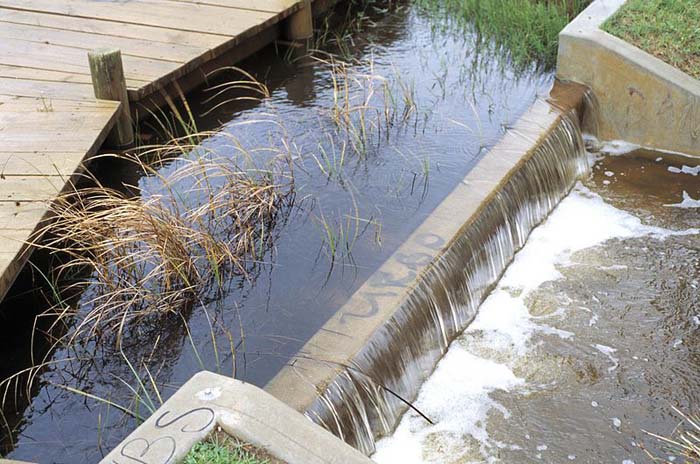
Water runoff refers to the movement of water across the land’s surface. This movement of water often occurs after irrigation, snowmelt, and rainfall. In addition to playing a vital role in the hydrological cycle, it has the potential to have both positive and negative effects on the ecosystem, as well as on human society.
Here’s How to Redirect Heavy Water Runoff
Redirecting heavy water runoff effectively prevents property damage, erosion, and flooding damage.
- Assess the landscape
- Take stock of your property’s slope and natural drainage patterns.
- Locate the areas where water accumulates or causes problems.
- Locate the slopes, driveways, or downspouts that are causing a lot of water to run off the roof.
- Install drainage systems:
- French Drains
A perforated pipe and gravel-filled ditches can divert water to a specific location.
- Swales
Drains that are shallow and made of grass divert water away from buildings and into designated drainage areas.
- Catch Basins
These take in runoff from the ground and channel it into drainage networks or underground pipes.
- Use downspouts and gutters:
- You can further divert water runoff away from the building by using splash blocks or extensions.
- Install downspouts so that water can flow away from buildings and their foundations.
- Keep debris out of the gutters and make sure they’re big enough to handle heavy rain.
- Construct retaining walls:
- To avoid pressure buildup, incorporate drainage pipes or weep holes into the wall design.
- Water flow control and slope management are two areas where retaining walls shine.
- Create bio-swales or rain gardens:
- To increase groundwater recharge and decrease water flow, install rain gardens.
- Permeable soil and native plants work together to absorb and filter water runoff in well-designed settings.
- Install permeable surfaces:
- Use permeable gravel or pavers instead of concrete or other impermeable surfaces.
- They reduce water runoff by allowing it to soak into the soil.
- Channel runoff towards areas with natural drainage:
- To prevent downstream floods, make sure any redirection complies with local regulations.
- When possible, use natural drainage places, such as drainage ditches or streams, to redirect rainwater.
- Regular inspection and maintenance:
- Maintaining good water control necessitates quick attention to landscaping and erosion issues.
- To prevent blockages, keep the catch basins, drains, and gutters clean.
- Regularly inspect and maintain all drainage systems to ensure their good working order.
How do I stop runoff in my sloped yard?
Landscaping techniques, soil stabilization, and drainage management are all part of the solution to water runoff in a sloped yard. These methods work together to reduce erosion and control the flow of water. To prevent water runoff down a sloping yard, use these methods:
- Manage hard surfaces.
- Gravel and Gravel
Using these materials, you can make a surface that is both stable and permeable.
- Permeable Surfaces
If you want water to soak through rather than flow off your driveway or walkway, use permeable materials.
- Soil Quality Improvement
- Cover Crops
To stop soil erosion, plant vegetation, such as ground coverings.
- Organic Matter
To enhance the soil’s structure and its capacity to absorb water, incorporate organic resources such as compost.
- Construct retaining walls.
- Materials
For the walls, you may use timber, concrete, or stone. Just make sure there’s enough drainage behind them so the pressure doesn’t build up.
- Retaining Walls
Maintaining the slope and minimizing erosion can be achieved by constructing retaining walls at key points. These walls redirect water flow and establish stable areas.

- Use ground covers and mulch.
- Ground Covers
Sedum, creeping thyme, and clover are dense, low-growing plants that can stabilize soil and soak up excess water.
- Mulch
The use of mulch in the yard has dual purposes: absorbing rainwater and reducing erosion. Combine mulch with organic materials like bark, straw, or wood chips.
- Plant shrubs and trees.
- Strategic Placement
Plants placed along the slope can act as natural buffers, preventing water runoff.
- Deep Roots
Soil stabilization and reduced water runoff are achievable by planting deep-rooted shrubs and trees. Shade from trees also helps keep the soil from drying out.
- Create terraces and contours.
- Swales
These ditches are grassy and shallow; they divert water away from downhill flows and toward groundwater absorption.
- Terracing
Terraces should be built all the way up the hill. Terraces slow down water runoff by creating level parts that can collect water. Making these steps is possible with various materials, including wood, stone, or retaining walls.
- Install drainage systems.
- Gutters and Downspouts
To reduce the likelihood of erosion, check that the downspouts and gutters on your house are diverting water away from any slopes.
- Dry Wells
Dry wells are reservoirs that collect water runoff and release it gradually into the soil.
- French Drains
Gravel surrounds a perforated pipe to form a French drain. Buried underground, it aids in channeling water to a secure location.
How to divert water runoff
If you want to manage stormwater, stop erosion, and keep water from damaging your property, you must divert water runoff. In order to redirect water runoff, here are some efficient ways:
- Dry Wells
- An underground structure known as a dry well can collect and disperse water runoff into the soil. The usual application is to divert runoff from downspouts and gutters.
- Planting Vegetation
- Plants, particularly those with deep taproots, aid in water absorption and soil stabilization. This, in turn, decreases water runoff and erosion. To mitigate water runoff, plant trees, shrubs, or ground cover in low-lying regions.
- Swales
- Shallow ditches direct water to a specific area, where the soil absorbs it. To improve infiltration and decrease erosion, you can landscape them with plants or grass.
- Pervious Paving
- Gravel, permeable pavers, or porous concrete are examples of previous paving materials that let water soak into the ground rather than run off the surface.
- Downspouts and Gutters
- Correctly placed downspouts and gutters successfully divert rainwater away from the foundation and roof. Make sure that the downspouts lead water away from your house and into a specific rain garden or drainage, at least 5 to 10 feet away.
- Retaining Walls
- Retaining walls can control water runoff and soil erosion on slopes. They direct water flow to a certain area and act as soil retainers.
- Berms
- In order to control or divert the water runoff, berms are constructed as elevated mounds of dirt. They control water flow and add aesthetic value to landscaping.
- Pipes and Culverts
- Installing pipes and culverts under roads, pathways, or driveways can direct water to a specific drainage region.
- French Drains
- A French drain is a type of filled trench that uses rock or gravel and a perforated pipe to channel water to a designated area. Their primary use is to redirect water from the surface or ground away from structures or trouble spots.
- Rain Gardens
- Planted depressions called “rain gardens” absorb water runoff and let it seep into the soil. To decrease the impact of water runoff and boost biodiversity in the area, you can plant native plants in them that can withstand both dry and wet conditions.
How to build a runoff drain
To control stormwater and protect your property from erosion or flooding, constructing a runoff drain is a practical project to undertake. An outline for building a runoff drain, also known as a trench drain, French drain, or simply a drain, follows. Depending on the scope of your project and the local regulations, you may need specialized permissions or expert advice.
- Determine where to put the drains.
- Check Regulations
Find out whether anything is breaking the law in your area. In certain municipalities, specific drainage projects are subject to permit requirements.
- Select a Drainage Path
Choose a destination for the water. It should ideally drain into a lower part of your property, a dry well, or a storm drain where water can safely flow.
- Locate the water source
Find the water source, whether it’s a hillside, driveway, or roof.
- Decide on the type of drain.
- Trench Drain
The grated surface and underground trench collect and direct water runoff. This makes it an ideal surface for driveways and other hard surfaces.
- French Drain
This process uses a gravel-filled trench and a perforated pipe that diverts water.
- Gather materials.
- Tools
For the purposes of digging and installation, you need measuring tools, wheelbarrows, and shovels.
- Filter Fabric
It helps keep gravel from clogging with dirt.
- Gravel
Fill the ditch with coarse gravel or crushed stone.
- Perforated Pipe
To facilitate water entry and drainage, select a pipe with holes.
- Dig the trench.
- Choose the width and depth
For larger drains, you need a depth of at least 18 inches, and preferably more. Your gravel and pipe will determine the width.
- Ensure a slope
If the trench slopes gently, roughly 1 to 2 inches every ten feet, the water will naturally flow toward the exit point.
- Drain installation.
- Add the filter fabric
To keep dirt from getting into the pipe or gravel, line the trench with fabric.
- Place Gravel
Spread gravel over the trench’s base.
- Install the pipe
Set the perforated pipe so that its bottom ends point down the trench’s slope.
- Cover the pipe
Fill the trench up to a depth of two or three inches with gravel, piling it on top of the pipe.
- Wrap the fabric
To keep the cloth in place, fold it over the gravel.
- Final touches.
- Cover with soil
Fill up the trench to ground level by adding topsoil over the fabric.
- Add Turf or Replant
After digging a trench, replant it with grass or another ground cover if necessary.
- Test the Drain
Pour water directly from the source if you want it to drain smoothly.
Tips for success
- Expert Help
It may be wise to retain the services of an expert landscaper or engineer when dealing with extensive projects or intricate drainage systems.
- Maintenance
In order to keep the drain working properly, you should check it often and remove any debris.
- Take erosion control into account
To further reduce the likelihood of erosion, use retaining walls or landscaping in low-lying regions.
Conclusion
Although water runoff is an essential part of the water cycle, it can have harmful effects on both humans and the environment if not managed properly. Controlling runoff and promoting sustainable water practices is achievable through techniques such as good stormwater management and green infrastructure.

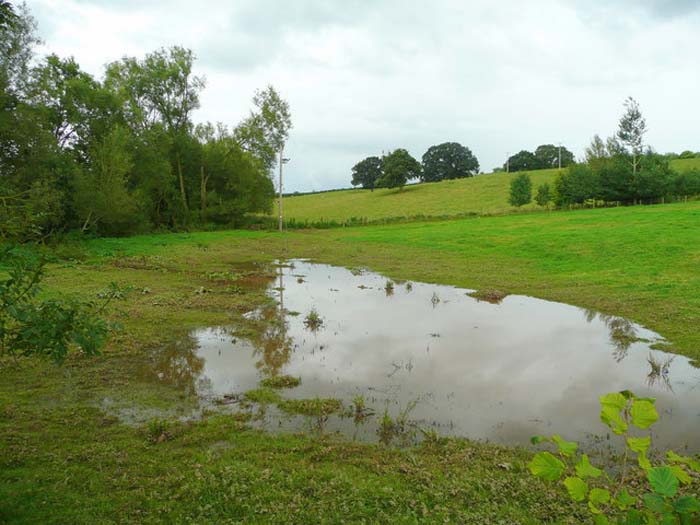
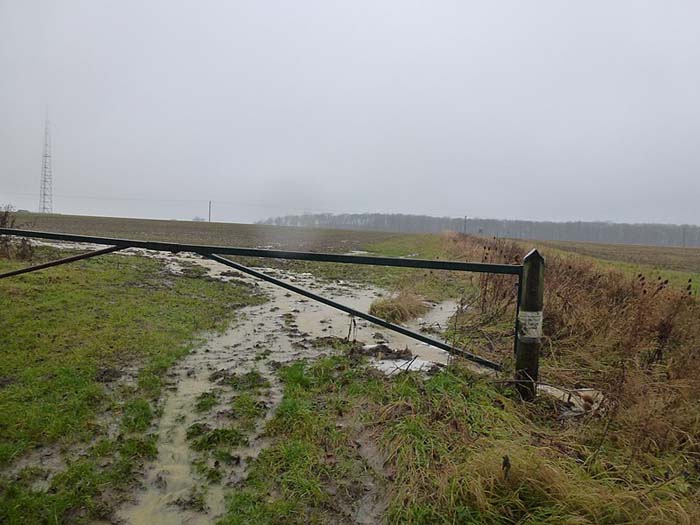
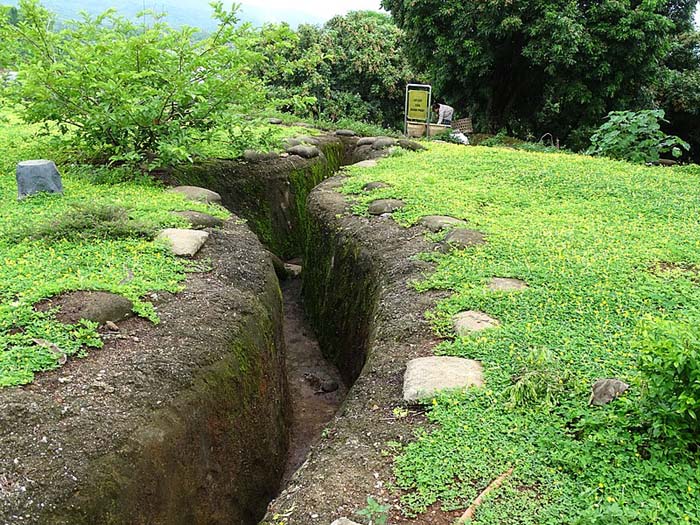

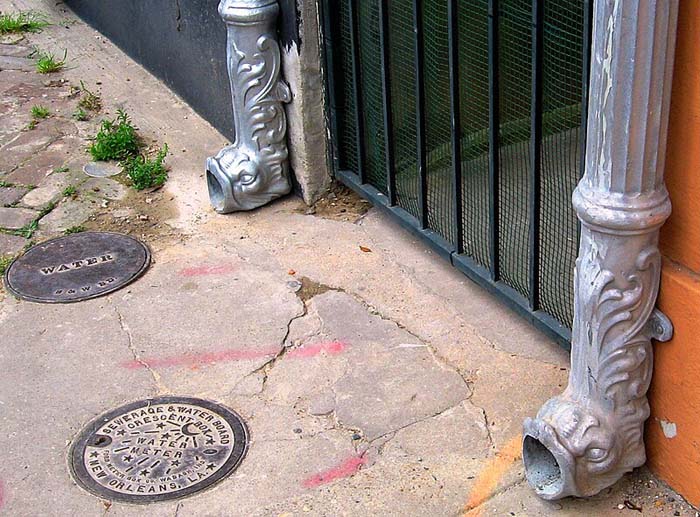
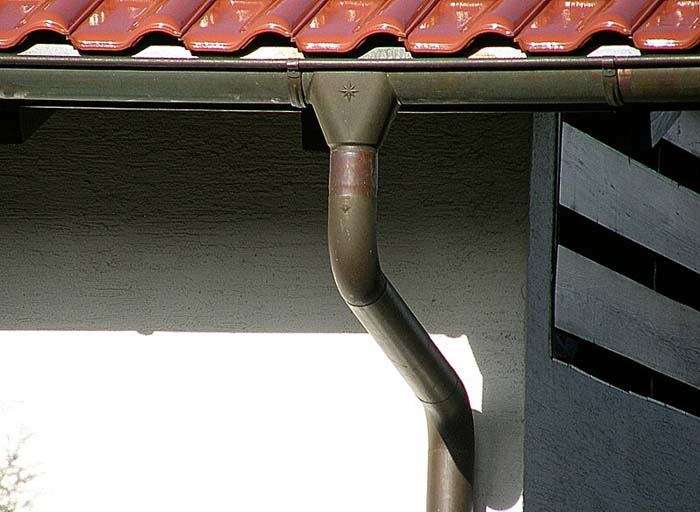

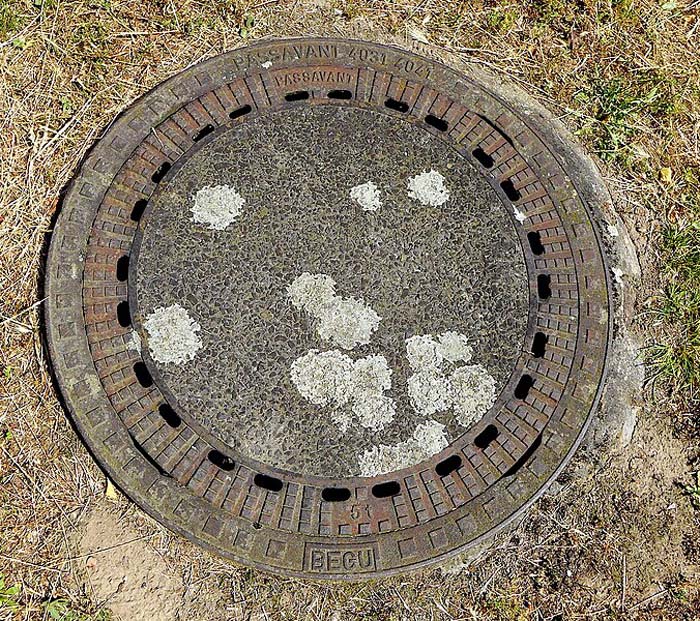
 Stormwater Management
Stormwater Management

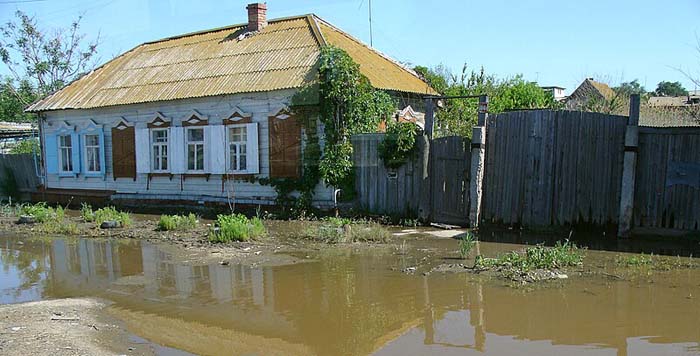
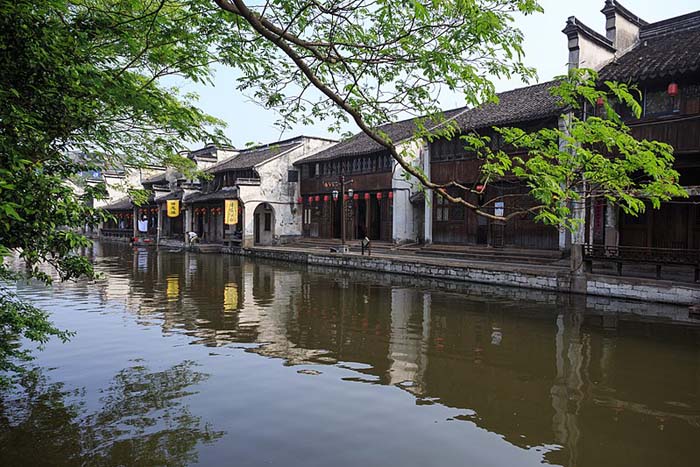 Storm Sewers or Storm Drains:
Storm Sewers or Storm Drains:
 Aquifers
Aquifers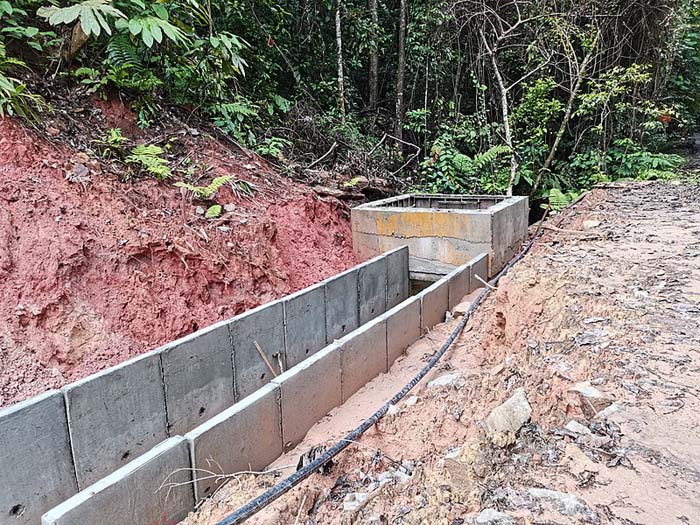 Subsoil Filters
Subsoil Filters